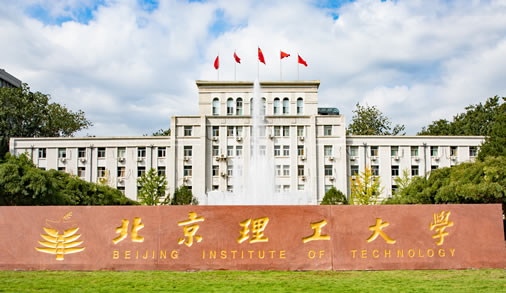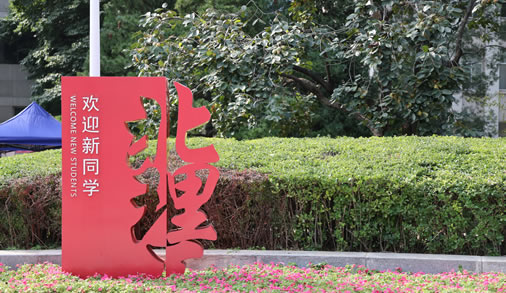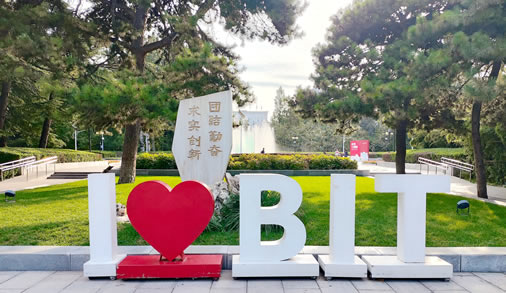

Updated: 2024-04-19
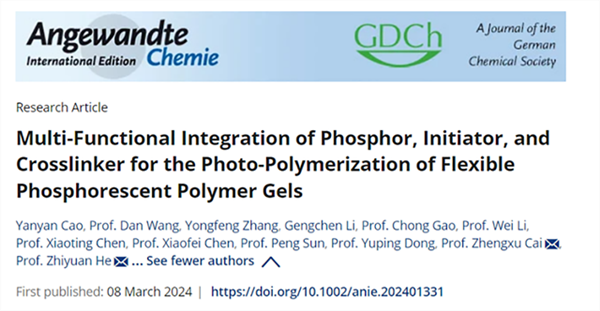
Professor He Zhiyuan and Professor Cai Zhengxu from the Beijing Institute of Technology (BIT) have recently collaborated on research into the preparation of flexible phosphorescent materials and ice-induced luminescence using multifunctional integrated molecules. In March 2024, their achievements were published in the top-tier chemistry journal Angewandte Chemie International Edition under the title "Multi-Functional Integration of Phosphor, Initiator, and Crosslinker for the PhotoPolymerization of Flexible Phosphorescent Polymer Gels" (Angew. Chem. Int. Ed. 2024, e202401331, doi.org/10.1002/anie.202401331). Dr. Cao Yanyan from the School of Materials Science & Engineering at BIT is the first author of the paper, with Professor He Zhiyuan and Professor Cai Zhengxu from the BIT School of Materials Science & Engineering serving as co-corresponding authors, and Professor Dong Yuping providing important guidance for this work.
Flexible organic room-temperature phosphorescent (RTP) materials have shown promising application prospects in wearable optoelectronic devices and flexible electronic devices due to their unique mechanical and optical properties. However, the movement of polymer chains at room temperature and poor gas tightness of flexible polymers make phosphorescent materials susceptible to environmental factors such as oxygen, leading to the deactivation of excitons through non-radiative transitions. Despite numerous efforts, the development of flexible RTP materials still faces significant challenges.
To address this issue, the team developed a multifunctional phosphorescent compound: a benzothiadiazole-based diene compound named BTD-HEA. This molecule has a high triplet exciton generation capability and a diene structure, making it suitable for use as an initiator and crosslinker. By efficiently initiating the polymerization reaction of various acrylamide/acrylate monomers within 120 seconds, a series of flexible RTP gels were prepared, including hydrogels, organogels, ionogels, and aerogels, all of which exhibited excellent tensile and resilience properties. Due to the unique fluorescence-phosphorescence colorimetric properties of the gel, the polymerization process could be visualized in situ. Additionally, the phosphorescent emission intensity of the hydrogel increased with the formation of ice, providing an effective method for detecting the freezing process of hydrogels. The photo-initiating properties of this molecule allow for the preparation of various shapes of flexible RTP materials through techniques such as microfluidics, roll-to-roll coating, and 3D printing, demonstrating its potential applications in bioluminescence imaging, wearable optoelectronics, and other fields.
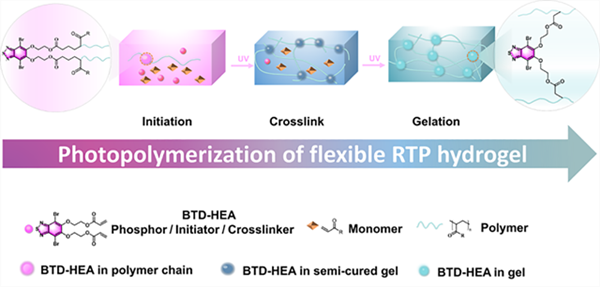
Figure 1. Multi-functional phosphorescent compound BTD-HEA initiated polymerization for the preparation of flexible phosphorescent hydrogels. [Photo/english.bit.edu.cn]
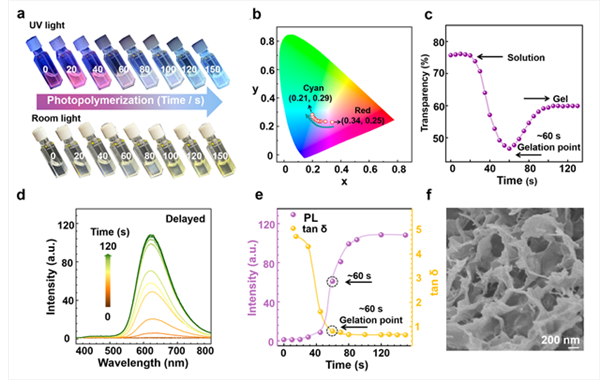
Figure 2. In-situ visualization of the gel photopolymerization process monitored by BTD-HEA molecules. [Photo/english.bit.edu.cn]
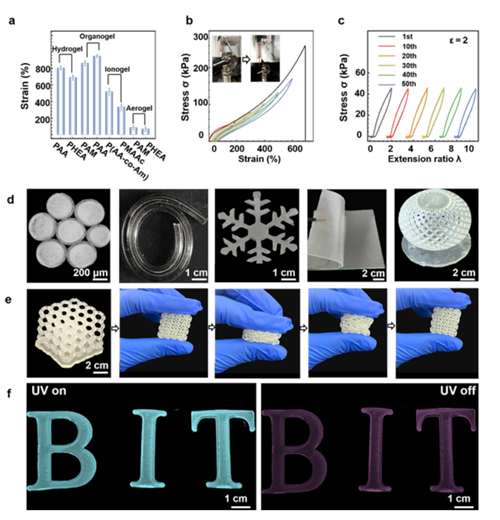
Figure 3. Mechanical properties and shape demonstration of various flexible gels prepared by BTD-HEA molecule-initiated polymerization. [Photo/english.bit.edu.cn]
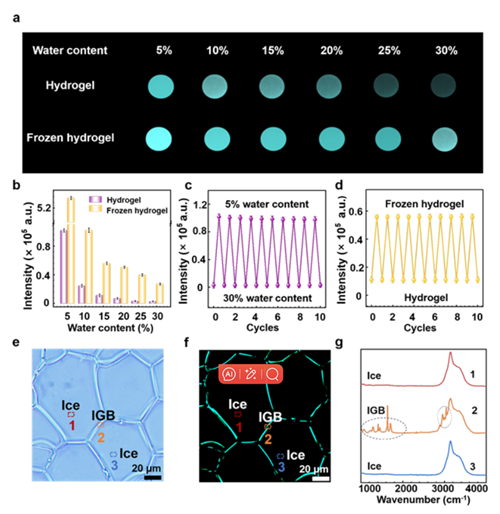
Figure 4. Investigation of the photophysical properties and mechanisms of flexible phosphorescent hydrogels under water/ice stimuli. [Photo/english.bit.edu.cn]
The research was supported by the National Natural Science Foundation of China, the Beijing Science and Technology Plan Project, and the Beijing Natural Science Foundation.
Paper link:https://doi.org/10.1002/anie.202401331


